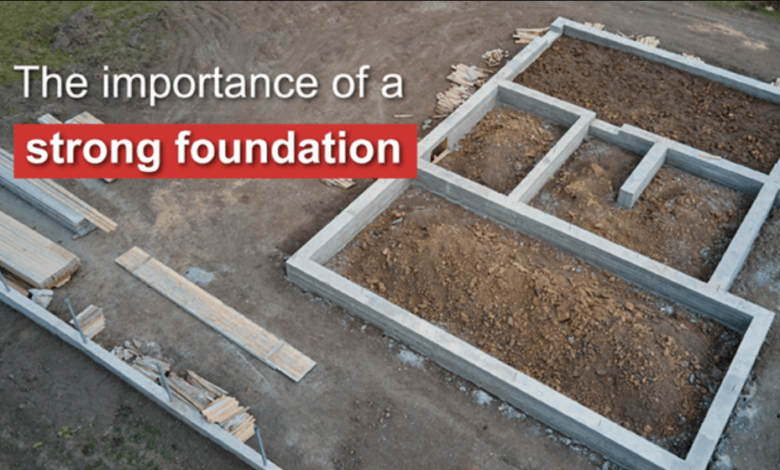Building a Strong Foundation for Your Construction Projects

In the realm of construction, the importance of establishing a robust foundation cannot be overstated. It serves as the bedrock for stability and longevity, influencing not only the structural integrity but also the overall success of the project. Key factors such as thorough site assessments, the selection of quality materials, and adherence to safety regulations play critical roles in this process. Yet, many professionals overlook specific strategies that can significantly enhance foundation performance. Understanding these nuances can make a profound difference in the outcome of any construction endeavor. What might those strategies entail?
Importance of Site Assessment
Site assessment is a critical preliminary step in any construction project, serving as the foundation upon which successful development is built.
A thorough site analysis evaluates geographical, geological, and hydrological factors, ensuring that the chosen location minimizes environmental impact.
This strategic evaluation not only safeguards natural resources but also enhances project viability, ultimately enabling developers to achieve their objectives with greater freedom and efficiency.
Choosing Quality Materials
Selecting high-quality materials is paramount in construction, as the durability and performance of a structure largely depend on the components used during its assembly.
Prioritizing material durability ensures longevity and reduces maintenance costs.
Additionally, assessing supplier reputation is critical; reputable suppliers are more likely to provide reliable materials that meet industry standards, ultimately contributing to the success and safety of the construction project.
Foundation Types and Techniques
Foundations serve as the critical support system for any construction project, as they transfer the weight of the structure to the ground and ensure stability.
Shallow foundations are suitable for well-drained soils, while deep foundations address unstable ground.
Effective foundation reinforcement enhances durability, and thorough soil testing is essential for determining the appropriate foundation type, ensuring the longevity and safety of the project.
Ensuring Compliance and Safety
Compliance with regulations and safety standards is paramount throughout the construction process, particularly after establishing a solid foundation.
Adhering to regulatory standards ensures that safety protocols are effectively implemented, minimizing risks and liabilities.
A strategic approach to compliance fosters an environment of accountability, empowering teams to operate with freedom while safeguarding public welfare.
Ultimately, prioritizing safety enhances project integrity and promotes long-term success.
Also read: Building a Deck That’s Durable and Beautiful
Conclusion
In the intricate tapestry of construction, a robust foundation emerges as the silent sentinel of stability and longevity. Through meticulous site assessments, judicious selection of high-quality materials, and adherence to safety regulations, the groundwork for enduring structures is laid. Each layer of diligence not only fortifies the physical edifice but also nurtures the overarching integrity of the project. Ultimately, a well-constructed foundation serves as the bedrock upon which successful ventures flourish, safeguarding both investment and public welfare.


